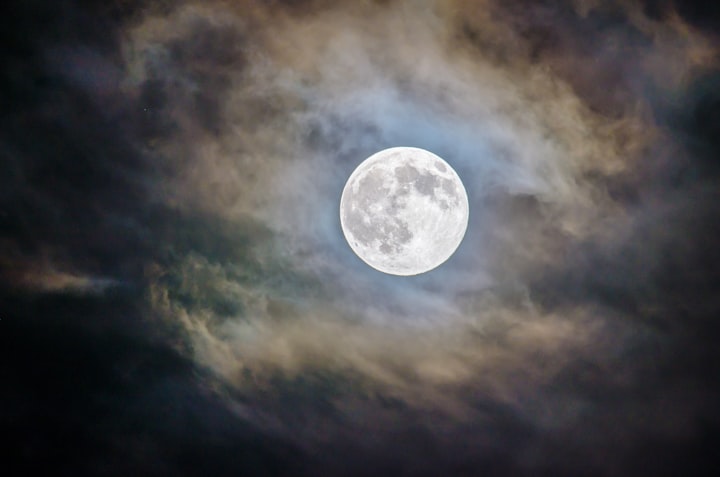
Many people wonder how the moon casts its shadow on the earth, before answering this question we must know that the moon is a celestial body that is believed to be the result of a collision, and therefore astronomers and scientists called it the giant collision, and this results from The collision of the planet with a giant body as large as Mars, which led to the presence of a dense cloud of vaporized rocks, which consists of a mixture of the giant body and the planet, which revolves around the earth in a fixed orbit and eventually becomes a moon, and the moon consists of 3 layers represented in the iron core and the mantle rocky and his thin crust.
In fact, the moon casts its shadow on the earth through a solar eclipse, and this is when the moon is located between the sun and the planet on one straight line, and the moon is in the middle and thus casts its shadow on the earth.
How does the moon cast its shadow on the earth?
There are many astronomical natural phenomena that occur in this universe by the power of God Almighty, and the eclipse of the sun is one of these natural phenomena.
A solar eclipse occurs when the moon revolves around the earth in a specific orbit, as it revolves around the sun at the same time in a specific orbit.
The moon's shadow is cast on the surface of the earth, where the sun passes and moves in a specific orbit through which it passes, which is called the orbit of the sun.
A solar eclipse occurs when the moon is in a crescent phase when it passes between the Earth and the sun. Thus, it partially or completely blocks the sun's rays, and this phenomenon was associated with ancient cultures and some Greek myths.
The phenomenon of solar eclipses can be seen with the naked eye during the day. Scientists have indicated that the path of the moon is tilted by 5 degrees from the paths of the sun, and this is one of the reasons why solar eclipses do not occur repeatedly.
This results in when the moon is between the sun and the earth, and the moon may cast its shadow on the earth and thus the phenomenon of a solar eclipse occurs
Moonlight Reflection on Earth:
The reflection of the moon's light on the Earth was not mentioned, which is reflected in the moon's rotation around itself at more rapid rates at first, then this speed decreases and becomes slower as it is gravitationally bound.
This occurs as a result of the friction associated with the force of the tidal phenomenon from the Earth, and these natural conditions that give the moon's smooth parts in its movement.
This movement has different effects that lead to the reflection of the moon's light on the Earth directly. There are three types of solar eclipses, as follows:
Total shade.
Partial shade.
Semi-shade.
The best answer is to explain how the moon casts its shadow on the earth
The Ministry of Education in the Kingdom of Saudi Arabia is keen to clarify the most important educational elements that help students obtain the exemplary results that you always talk about and that need a clear study through achieving educational goals.
There are many questions that students face and are considered complex for them, including “the moon casts its shadow on the earth from
The typical answer to these questions is summarised in the following: By means of a solar eclipse, when the moon, the sun and the earth are in one straight line, and the moon is located in the middle, so the moon casts its shadow on the earth, which blocks the light of the sun from part of the earth.
Thus, we will know how the moon casts its shadow on the earth through a solar eclipse, and we have clarified what is the phenomenon of a solar eclipse, how it occurs and its consequences.
About the Creator
Eliza Castaneda
Eliza Castaneda






Comments
Eliza Castaneda is not accepting comments at the moment
Want to show your support? Send them a one-off tip.